Imagine discovering a marketing strategy that identifies the most effective advertising channels and maximizes spending. This is a reality for brands that move beyond viewing their advertising efforts in isolation.
Traditionally, companies have evaluated the impact of TV, print, radio, and online ads separately, with each channel measured independently for its contribution to sales. However, this approach misses the bigger picture of how ads interact across different media. A compelling TV advertisement might initiate a series of consumer actions, from a Google search to a click on a digital ad, eventually leading to a purchase. Unpacking these interactions requires sophisticated data analytics, revealing insights like the effectiveness of seemingly minor investments in platforms like YouTube compared to major spending on traditional TV ads.
By harnessing the power of advanced analytics and predictive modeling, brands can redistribute their advertising budgets more efficiently, achieving significant sales increases without additional expenditure. This evolution from traditional media-mix models to a comprehensive understanding of advertising synergy is not just an enhancement of marketing strategy—it’s a revolution.
Overview of Attribution Models
Definition and Purpose of Attribution Models
Attribution models are frameworks that determine how various touchpoints in a customer’s journey assign credit for sales and conversions. They help marketers understand which channels, messages, and strategies are most effective in driving desired outcomes. By providing insights into how different marketing activities contribute to conversions, attribution models enable more informed decision-making and budget allocation.
Types of Attribution Models
Attribution models can be categorized into two types:
- Single-touch Attribution Models: These models assign all the credit for a conversion to one touchpoint in the customer journey. They are simpler to implement but often fail to capture the complexity of modern consumer behavior.
- Multi-touch Attribution Models: These models distribute the credit for conversion across multiple touchpoints, providing a more comprehensive view of the customer journey. They offer greater accuracy but require more sophisticated data collection and analysis.
Why are attribution models important?
Understanding which marketing channels and strategies are effective is crucial for optimizing ROI. Attribution models reveal the impact of different touchpoints on consumer behavior, helping marketers refine campaigns, allocate budgets efficiently, and achieve better business results.
Single-touch Attribution Models
Single-touch attribution models assign all the credit for a conversion to one touchpoint in the customer journey. This approach is straightforward to implement but often oversimplifies the complexity of modern consumer behavior. Below, we explore the two most common single-touch attribution models: First-Touch Attribution and Last-Touch Attribution.
First-Touch Attribution
First-touch attribution assigns 100% of the credit for a conversion to a consumer’s first interaction with a brand. This model posits that the initial touchpoint is crucial in driving the consumer’s journey toward conversion.
Strengths:
- Simplicity: Easy to implement and understand, making it accessible for marketers with limited resources or technical expertise.
- Focus on Awareness: It highlights the importance of awareness campaigns and top-of-the-funnel marketing efforts, helping marketers understand which channels and strategies are most effective at capturing initial interest.
Weaknesses:
- Ignores Subsequent Interactions: This approach overlooks the impact of all other touchpoints that may have influenced the consumer’s decision, providing an incomplete picture of the customer journey.
- Potential for Misleading Insights: This may lead to overemphasizing initial touchpoints and underinvestment in mid- and bottom-of-the-funnel activities that also drive conversions.
Use Cases:
- Brand Awareness Campaigns: This approach is ideal for campaigns focused on generating brand awareness and attracting new leads, where the primary goal is to understand which channels are most effective at capturing initial attention.
- Simpler Marketing Ecosystems: Suitable for companies with relatively simple marketing ecosystems where consumers typically convert shortly after their first interaction.
Example: Retail Company Using First-Touch Attribution
Scenario: A retail company running a brand awareness campaign to attract new customers to their online store could use First-Touch Attribution to measure the effectiveness of their initial touchpoints.
Implementation:
- Channels Used: Social media ads, display ads, and influencer marketing.
- Attribution Model: First-Touch Attribution to assign credit to the first interaction a customer had with the brand.
Let’s say, social media ads were identified as the most effective initial touchpoint, driving 60% of first-time visits. The company could increase its budget for social media ads and see an increase in overall site traffic.
Last-Touch Attribution
Last-Touch Attribution assigns 100% of the credit for a conversion to the consumer’s final interaction with a brand before converting. This model assumes that the last touchpoint is the decisive factor in the consumer’s decision to convert.
Strengths:
- Simplicity: Like First-Touch Attribution, it is easy to implement and understand.
- Focus on Conversions: This approach emphasizes the touchpoints directly leading to conversions, providing clear insights into which channels and strategies are closing sales.
Weaknesses:
- Ignores Previous Interactions: This approach neglects the influence of earlier touchpoints that may have significantly contributed to the consumer’s journey, resulting in an incomplete view of the customer experience.
- Potential for Misleading Insights: This may lead to overemphasizing the final touchpoints and underinvestment in awareness and consideration-stage activities essential for nurturing leads toward conversion.
Use Cases:
- Conversion-Focused Campaigns: This approach is ideal for campaigns where the primary goal is to drive immediate conversions, and understanding the final touchpoints is critical for optimization.
- Direct Response Marketing: Suitable for direct response marketing efforts, focusing on understanding which channels are most effective at generating quick sales.
Example: E-commerce Brand Using Last-Touch Attribution
Scenario: An e-commerce brand wanted to boost conversions during a seasonal sale. They employed Last-Touch Attribution to identify which final interactions were driving purchases.
Implementation:
- Channels Used: Email marketing, retargeting ads, and direct search.
- Attribution Model: Last-Touch Attribution to credit the final interaction before purchase.
Let’s say retargeting ads accounted for 50% of last-touch interactions leading to sales. It could adjust the campaign to increase its retargeting ad spend, increasing sales during the sales period.
While single-touch attribution models like First-Touch and Last-Touch Attribution provide a straightforward and accessible way to measure ad effectiveness, they often fail to capture the full complexity of modern consumer journeys. They can lead to overemphasizing specific touchpoints at the expense of a holistic understanding of how various channels and interactions collectively drive conversions. For marketers seeking a more nuanced and accurate view of their campaigns, multi-touch attribution models offer a more comprehensive solution.
Multi-touch Attribution Models
Multi-touch attribution models distribute the credit for conversion across multiple touchpoints in a customer’s journey. They provide a more nuanced understanding of how interactions collectively drive conversions, offering greater accuracy and insights than single-touch models.
Linear Attribution
Linear Attribution assigns equal credit to all touchpoints in a customer’s journey. This model assumes that every interaction equally impacts the conversion decision, regardless of when it occurred.
Strengths:
- Simplicity and Fairness: Easy to implement and ensures that all touchpoints receive recognition, providing a balanced view of the customer journey.
- Comprehensive Insight: This tool helps marketers understand the overall role of each channel in driving conversions, making it useful for campaigns where multiple touchpoints contribute significantly.
Weaknesses:
- Over-simplification: Assumes equal influence of all interactions, which may not accurately reflect their actual impact on the conversion decision.
- Potential for Misleading Insights: May undervalue critical touchpoints that have a more significant role in influencing conversions.
Use Cases:
- Awareness Campaigns: Suitable for campaigns aimed at raising awareness across multiple channels, where understanding the collective impact of various touchpoints is important.
- Complex Customer Journeys: Ideal for brands with long and complex customer journeys involving multiple interactions across different channels.
Example: SaaS Company Using Linear Attribution
Scenario: A SaaS company aimed to understand the customer journey to optimize its marketing mix. To this end, it used linear attribution to assign equal credit to all touchpoints.
Implementation:
- Channels Used: Content marketing, social media, email campaigns, and PPC ads.
- Attribution Model: Linear Attribution to distribute credit equally among all touchpoints.
All channels contributed significantly, but content marketing and PPC ads were particularly effective in nurturing leads. The company could maintain a balanced budget across channels but increase investment in content creation and PPC campaigns.
Time Decay Attribution
Time Decay Attribution gives more credit to touchpoints closer to the conversion event. The rationale is that the closer an interaction is to the conversion, the more influence it likely has on the consumer’s decision.
Strengths:
- Focus on Recent Interactions: Highlights the importance of recent touchpoints, which are often more influential in driving the final conversion.
- Balanced View: This view provides a balanced approach by recognizing the contribution of all touchpoints while giving more weight to those closer to the conversion.
Weaknesses:
- Potential Bias: May overemphasize the importance of recent interactions at the expense of earlier touchpoints crucial in building awareness and consideration.
- Complexity in Implementation: Requires more sophisticated data analysis than simpler models, making it more resource-intensive.
Use Cases:
- Sales and Promotion Campaigns: Effective for short-term campaigns focused on driving immediate sales, where understanding the influence of recent touchpoints is crucial.
- Long Purchase Cycles: Suitable for brands with long purchase cycles, where multiple interactions over time lead to the final conversion.
Example: Financial Services Firm Using Time Decay Attribution
Scenario: A financial services firm sought to optimize its marketing for short-term promotional offers. They used the Time Decay Attribution to emphasize recent touchpoints.
Implementation:
- Channels Used: Email marketing, social media ads, and SEO.
- Attribution Model: Time Decay Attribution to assign more credit to interactions closer to the conversion.
Let’s say email marketing, particularly recent campaigns, drove most conversions. The firm increased its focus on timely, targeted email campaigns during promotional periods.
Position-based Attribution
Position-based Attribution (U-shaped or bathtub model) assigns 40% of the credit to the first and last touchpoints, with the remaining 20% distributed evenly among the middle interactions. This model emphasizes the importance of the initial and final interactions in the customer journey.
Strengths:
- Balanced Emphasis: Recognizes the critical role of initial awareness and final conversion-driving touchpoints while accounting for middle interactions’ contributions.
- Strategic Insight: Provides valuable insights into which channels are most effective at capturing initial interest and closing sales.
Weaknesses:
- Arbitrary Credit Distribution: The 40-20-40 split may not accurately reflect the true impact of each touchpoint, leading to potential biases.
- Complexity: More complex to implement and analyze compared to single-touch models.
Use Cases:
- Full-funnel Campaigns: These are ideal for campaigns that span the entire customer journey from awareness to conversion, where understanding the role of each stage is essential.
- New Customer Acquisition: Useful for brands focused on acquiring and nurturing new customers through the sales funnel.
Example: Global Tech Company Using Position-based Attribution
Scenario: A global tech company wanted to optimize its marketing strategy for a new product launch. They used Position-based Attribution to balance the emphasis on initial and final touchpoints.
Implementation:
- Channels Used: Display ads, video ads, email marketing, and organic search.
- Attribution Model: Position-based Attribution to assign 40% credit to the first and last touchpoints, with 20% distributed among middle interactions.
Let’s say display ads were crucial for initial awareness, while email marketing effectively closed sales. The company could increase investment in display ads for awareness and email marketing for conversions.
Data-driven Attribution
Data-driven Attribution uses machine learning and advanced analytics to assign credit to each touchpoint based on its actual contribution to conversions. This model dynamically adjusts the weight of each interaction based on real-time data and observed consumer behavior.
Strengths:
- Accuracy: Provides the most accurate representation of each touchpoint’s impact, as it is based on actual data rather than predefined rules.
- Customizability: Adapts to the brand’s unique customer journey and behaviors, offering highly tailored insights.
Weaknesses:
- Complexity and Cost: Requires sophisticated data collection, machine learning algorithms, and significant computational resources, making it expensive and resource-intensive.
- Data Dependency: It relies heavily on the quality and quantity of available data, which may be a limitation for some companies.
Use Cases:
- Advanced Marketing Analytics: Suitable for brands with access to robust data and analytics capabilities looking to gain deep insights into their marketing performance.
- High-value Conversions: These are effective for industries where understanding the precise contribution of each touchpoint is crucial due to the high value of conversions, such as B2B or luxury markets.
Example: Consumer Electronics Brand Using Data-driven Attribution
Scenario: A consumer electronics brand aimed to maximize its digital marketing effectiveness. They adopted Data-driven Attribution to dynamically assign credit based on real-time data.
Implementation:
- Channels Used: Paid search, social media, video ads, influencer marketing, and content marketing.
- Attribution Model: Data-driven Attribution using machine learning to analyze and assign credit dynamically.
Let’s say paid search and social media had the highest impact on conversions, with influencer marketing significantly contributing to brand awareness. The brand could optimize its budget allocation in real time, increasing investment in high-performing channels.
Multi-touch attribution models offer a more comprehensive and accurate way to measure ad effectiveness than single-touch models. By distributing credit across multiple interactions, these models provide deeper insights into the complex consumer journey, enabling marketers to optimize their campaigns and achieve better ROI. The model choice depends on each brand’s goals, resources, and data capabilities.
Comparing different attribution models
Comparing attribution models helps understand their strengths, weaknesses, and suitability. Let’s explore the criteria for comparison, analyze the performance of each model, and discuss their implications for marketing ROI.
Criteria for Comparison
- Accuracy: How well the model reflects the true impact of each touchpoint on conversions.
- Complexity: The level of difficulty in implementing and maintaining the model.
- Data Requirements: The volume and quality of data needed for the model to function effectively.
- Cost: The financial investment required for setting up, running, and analyzing the model.
Strengths and Weaknesses of Each Model
| Model | Accuracy | Complexity | Data Requirements | Cost |
| First-Touch Attribution | Low accuracy as it ignores subsequent interactions. | Very low complexity, easy to implement. | Minimal data is required; only the initial touchpoint is tracked. | Low cost due to simplicity. |
| Last-Touch Attribution | Low accuracy as it ignores previous interactions. | Very low complexity, easy to implement. | Minimal data is required; only the final touchpoint is tracked. | Low cost due to simplicity. |
| Linear Attribution | Moderate accuracy considers all touchpoints equally, which may not reflect true impact. | Low complexity, easy to implement. | Moderate data is required; all touchpoints must be tracked. | Low to moderate cost, depending on the number of touchpoints tracked. |
| Time Decay Attribution | High accuracy for short-term conversions, lower for long-term as it emphasizes recent interactions. | Moderate complexity requires more sophisticated analysis. | High data requirement; needs tracking of all touchpoints and timing information. | Moderate to high cost due to data and analysis needs. |
| Position-based Attribution | High accuracy, balances an emphasis on initial and final touchpoints, considers middle interactions. | Moderate complexity involves predefined credit distribution. | High data requirement: all touchpoints must be tracked. | Moderate to high cost due to data needs and predefined model setup. |
| Data-driven Attribution | Very high accuracy, as it uses real-time data and machine learning to assign credit dynamically. | Very high complexity requires advanced analytics and machine learning capabilities. | Very high data requirement; comprehensive tracking and high-quality data are essential. | High cost due to the need for sophisticated technology and analytics capabilities. |
Implications for Marketing ROI
Impact on Budget Allocation
- Optimized Spending: Accurate attribution models help marketers optimize budgets by identifying effective channels. This leads to more efficient spending and higher ROI.
- Informed Decisions: By understanding the true impact of each touchpoint, marketers can make informed decisions about where to invest more or less, ensuring that marketing dollars are spent where they will have the greatest effect.
Influence on Campaign Strategy
- Holistic Campaign Planning: Multi-touch models support holistic planning by highlighting important touchpoints. This leads to more integrated and cohesive marketing strategies.
- Tactical Adjustments: With insights from time decay and linear attribution models, marketers can make tactical adjustments to their campaigns, such as increasing investment in channels that drive short-term conversions or maintaining a balanced approach across all touchpoints.
Effects on Long-term Planning
- Long-term ROI Optimization: Advanced models like data-driven attribution provide detailed insights that support long-term ROI optimization. By continuously analyzing and adjusting campaigns based on real-time data, marketers can achieve sustained improvements in performance.
- Strategic Alignment: Understanding the full customer journey and the interplay between different channels helps align marketing strategies with overall business goals. This ensures that marketing efforts contribute to long-term business success.
Best Practices for Choosing an Attribution Model
Choosing the right attribution model is critical for accurately measuring ad effectiveness and optimizing marketing strategies. This section outlines best practices to help businesses select the most suitable attribution model based on their specific needs and goals.
Assessing Business Needs
- Define Objectives:
- Clearly outline the goals of your marketing campaigns (e.g., brand awareness, lead generation, conversions).
- Determine the specific insights you need from your attribution model (e.g., understanding initial touchpoints closing sales).
- Understand the Customer Journey:
- Map out the typical customer journey for your brand, identifying key touchpoints across different channels.
- Consider the complexity of your marketing ecosystem and the number of touchpoints involved in a typical conversion path.
- Evaluate Available Resources:
- Assess the technical expertise and resources for implementing and maintaining an attribution model.
- Consider the budget allocated for marketing analytics and data management.
Data Collection and Management
- Comprehensive Data Tracking:
- Ensure all touchpoints in the customer journey are tracked accurately and consistently across all channels.
- Utilize tools and technologies that facilitate robust data collection, such as CRM systems, marketing automation platforms, and analytics software.
- Data Quality and Consistency:
- Maintain high data quality by regularly cleaning and validating your data to remove inaccuracies and inconsistencies.
- Standardize data formats and ensure consistency across different data sources.
- Integration of Data Sources:
- Integrate data from various marketing channels and platforms to create a unified view of the customer journey.
- Use data integration tools to merge disparate data sources into a cohesive dataset for analysis.
Testing and Optimization
- Experiment with Different Models:
- Test multiple attribution models to compare their performance and insights.
- Use A/B testing to evaluate the effectiveness of different models in measuring ad performance and driving business outcomes.
- Continuous Monitoring and Adjustment:
- Regularly monitor the performance of your chosen attribution model and adjust as needed based on new data and insights.
- Implement a feedback loop to continuously refine your model and improve its accuracy and relevance.
- Scenario Analysis:
- Conduct scenario analysis to understand how different attribution models impact your marketing strategy and budget allocation.
- Use predictive analytics to forecast the potential outcomes of different attribution approaches.
Integration with Marketing Strategy
- Align with Business Goals:
- Ensure your attribution model aligns with overall business objectives and supports strategic decision-making.
- Use insights from your attribution model to inform broader marketing strategies and campaigns.
- Cross-functional Collaboration:
- Foster collaboration between marketing, sales, and data analytics teams to ensure a holistic approach to attribution modeling.
- Share insights and findings across departments to align efforts and drive cohesive marketing strategies.
- Leverage Technology:
- Utilize advanced technologies such as machine learning and AI to enhance your attribution model’s capabilities.
- Invest in marketing analytics platforms that offer built-in attribution modeling and predictive analytics features.
Choosing the right attribution model requires thoroughly understanding your business needs, customer journey, and available resources. Continuous monitoring, optimization, and strategic alignment ensure the chosen attribution model remains relevant and effective in an ever-evolving marketing landscape.
Future Trends in Attribution Modeling
Attribution modeling is evolving rapidly due to technological advancements, changes in consumer behavior, and new regulations. So, how do these developments shape the future of measuring ad effectiveness?
Advancements in Technology
- Artificial Intelligence and Machine Learning:
- Enhanced Predictive Capabilities: AI and machine learning are increasingly being integrated into attribution models, allowing for more accurate consumer behavior predictions and better credit attribution to different touchpoints.
- Real-time Analytics: AI-driven models can process vast amounts of data in real-time, providing marketers with up-to-the-minute insights and enabling more agile decision-making.
- Multi-channel Attribution:
- Cross-device Tracking: Advances in technology now enable more effective cross-device tracking, allowing marketers to follow consumers across multiple devices and touchpoints for a more comprehensive view of the customer journey.
- Integration of Online and Offline Data: The ability to integrate online and offline data sources (e.g., in-store purchases and call center interactions) will provide a more complete picture of consumer behavior and improve the accuracy of attribution models.
- Advanced-Data Analytics:
- Big Data: The increasing availability of big data allows for more granular analysis of consumer interactions and more precise attribution of marketing efforts.
- Predictive Analytics: Leveraging predictive analytics, marketers can forecast future consumer behavior and adjust their strategies proactively.
Privacy and Data Regulations
- Impact of GDPR and CCPA:
- Data Privacy Compliance: The General Data Protection Regulation (GDPR) and the California Consumer Privacy Act (CCPA) impose strict data collection and usage regulations. Attribution models must comply with these regulations, ensuring consumer data is collected and used ethically and legally.
- Transparency and Consent: Marketers must be transparent about data collection practices and obtain explicit consent from consumers, which may limit the amount of data available for attribution modeling.
- Evolving Data Practices:
- Privacy-first Attribution Models: As privacy concerns grow, there will be a shift toward privacy-first attribution models prioritizing consumer consent and data security.
- First-party Data: With restrictions on third-party data, marketers will increasingly rely on first-party data collected directly from their interactions with consumers, enhancing the quality and relevance of their attribution models.
Evolving Consumer Behavior
- Omni-channel Consumer Journeys:
- Seamless Integration: Consumers increasingly interact with brands across multiple channels seamlessly. To provide accurate insights, attribution models will need to account for these complex, omnichannel journeys.
- Personalized Marketing: The demand for personalized marketing experiences will drive the need for attribution models to analyze individual consumer journeys and tailor marketing efforts accordingly.
- Emergence of New Channels:
- Social Media and Influencers: The growing influence of social media and influencers requires attribution models to accurately measure the impact of these channels on consumer behavior and conversions.
- Voice and IoT: The rise of voice-activated devices and the Internet of Things (IoT) have introduced new touchpoints in the customer journey, necessitating the inclusion of these interactions in attribution models.
- Consumer Trust and Engagement:
- Building Trust: As consumers become more aware of data privacy issues, building trust through transparent and ethical data practices will be essential. Attribution models that respect consumer privacy will foster greater trust and engagement.
- Enhanced Engagement: Understanding the customer journey will enable marketers to create more engaging and relevant experiences, leading to higher consumer satisfaction and loyalty.
Technological advancements, regulatory changes, and evolving consumer behavior shape the future of attribution modeling. AI and machine learning will enhance predictive capabilities and real-time analytics, while privacy regulations will drive the adoption of privacy-first models. As consumer journeys become more complex and omnichannel, attribution models must adapt to measure ad effectiveness accurately. By staying ahead of these trends, marketers can ensure their attribution models remain relevant and effective, ultimately driving better marketing ROI and fostering stronger consumer relationships.
We provide comprehensive market research and ad testing services as a global market research agency with offices in ten countries. We help you uncover your marketing impact and optimize strategies for maximum ROI.
Contact us today to learn more about how our market research services can support your company. Whether you need help choosing an attribution model, collecting data, or refining your strategy, we are here to assist you every step.



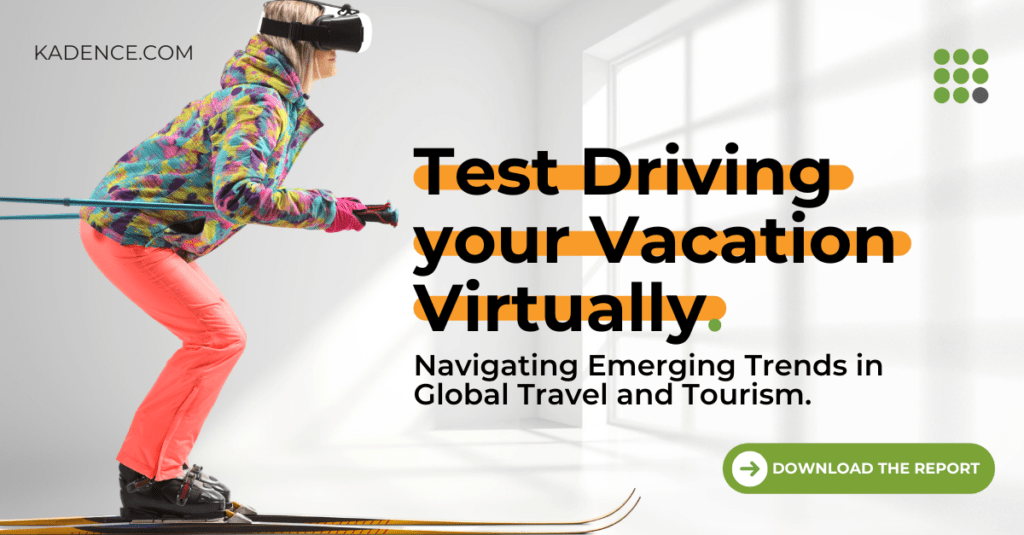

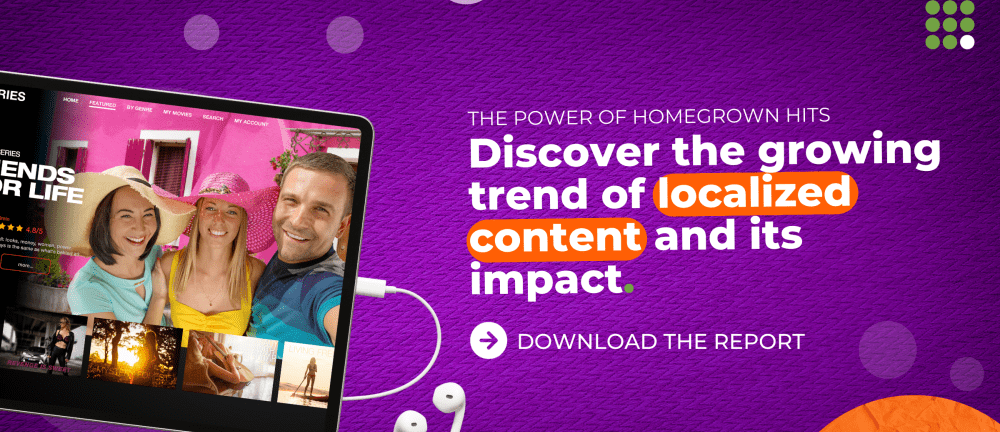

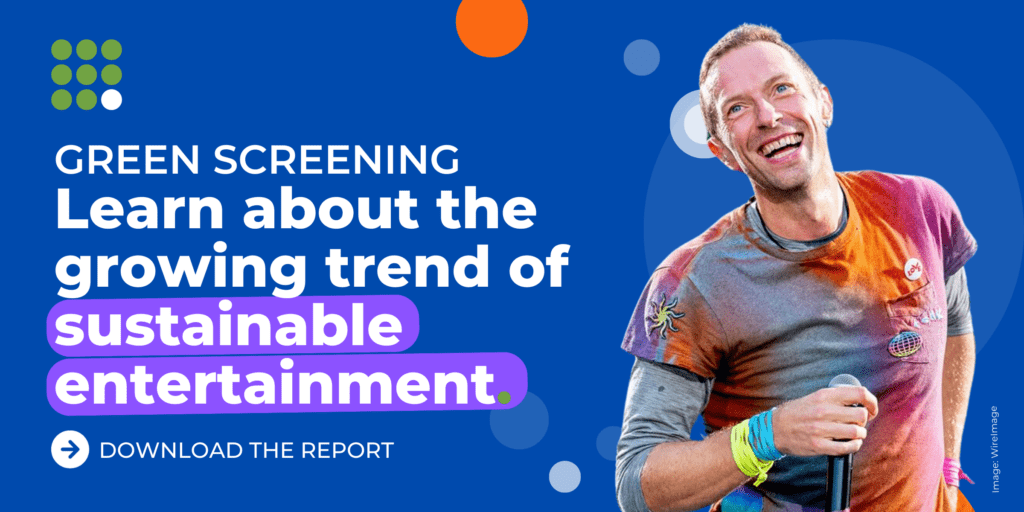

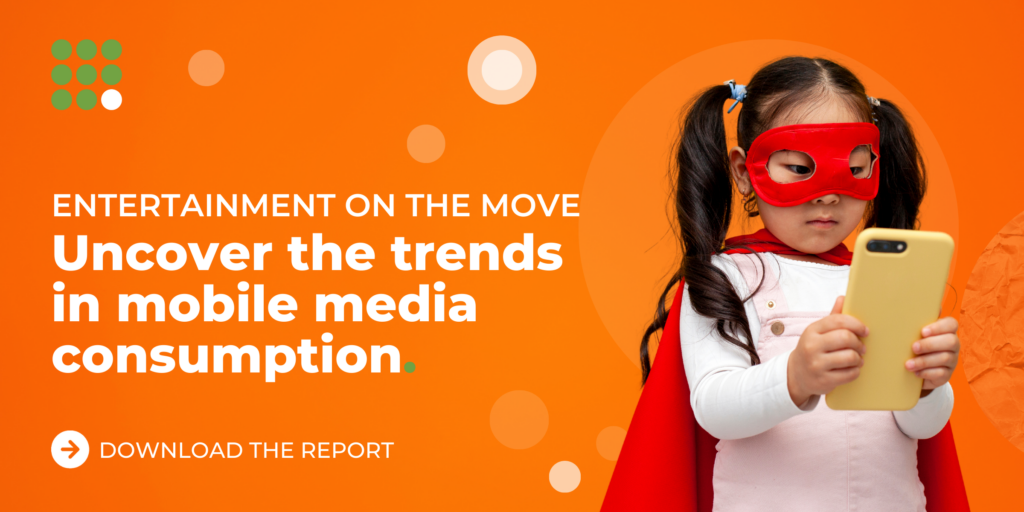


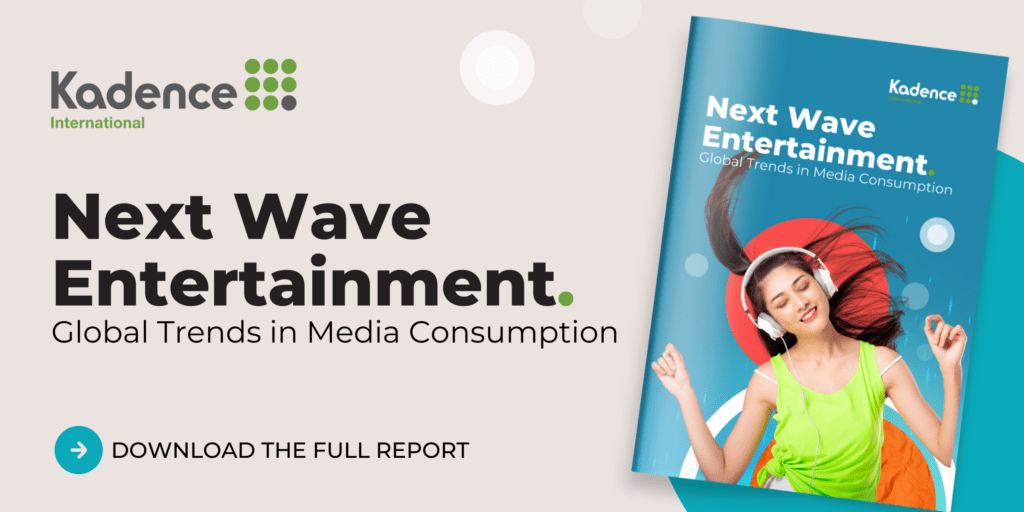
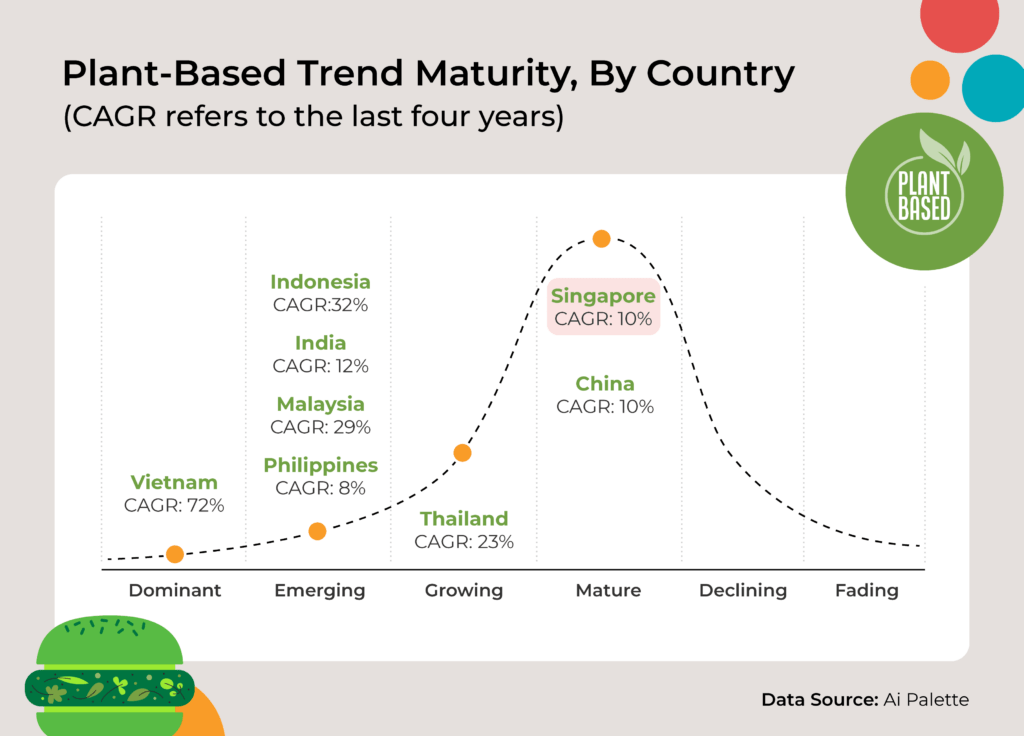
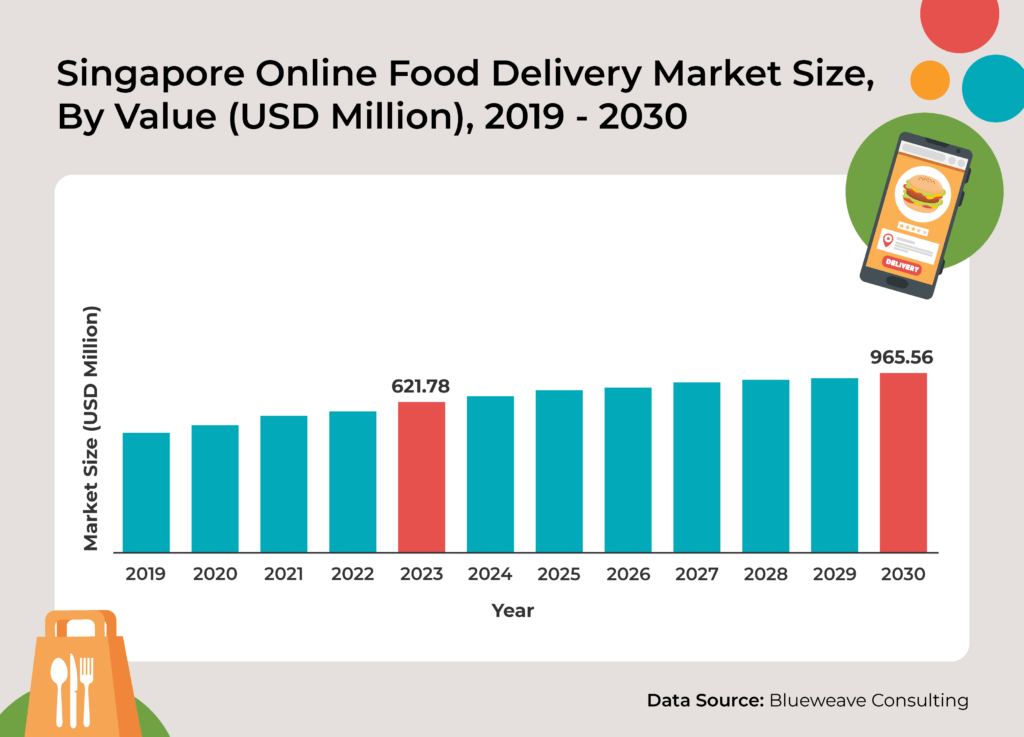
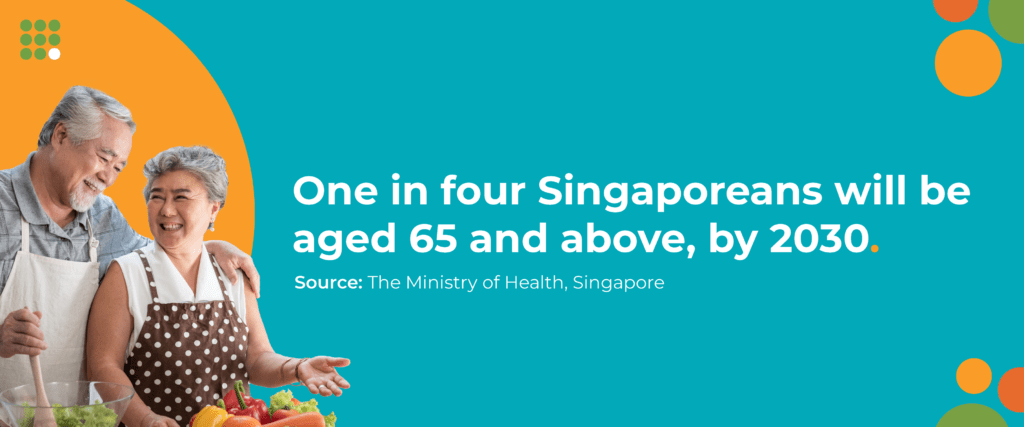




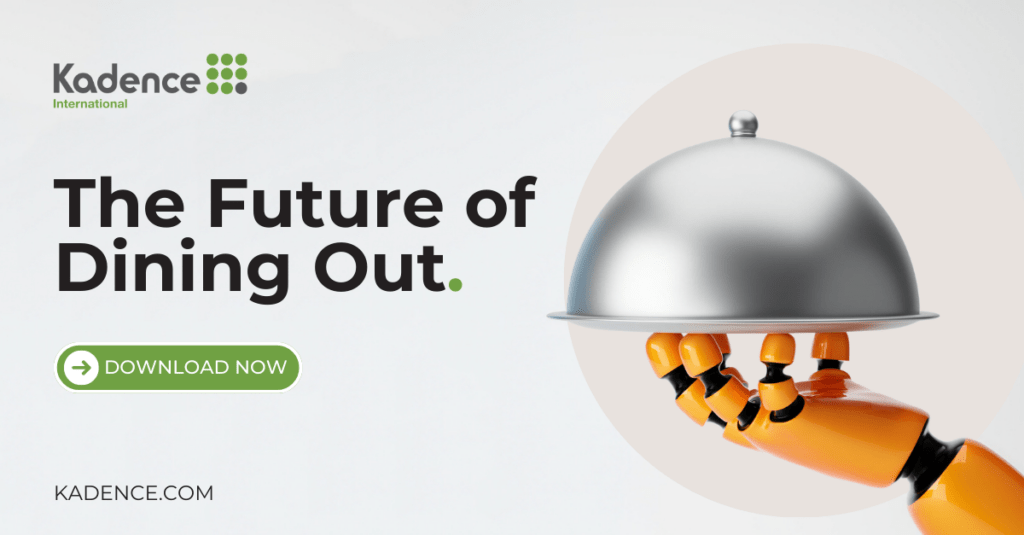
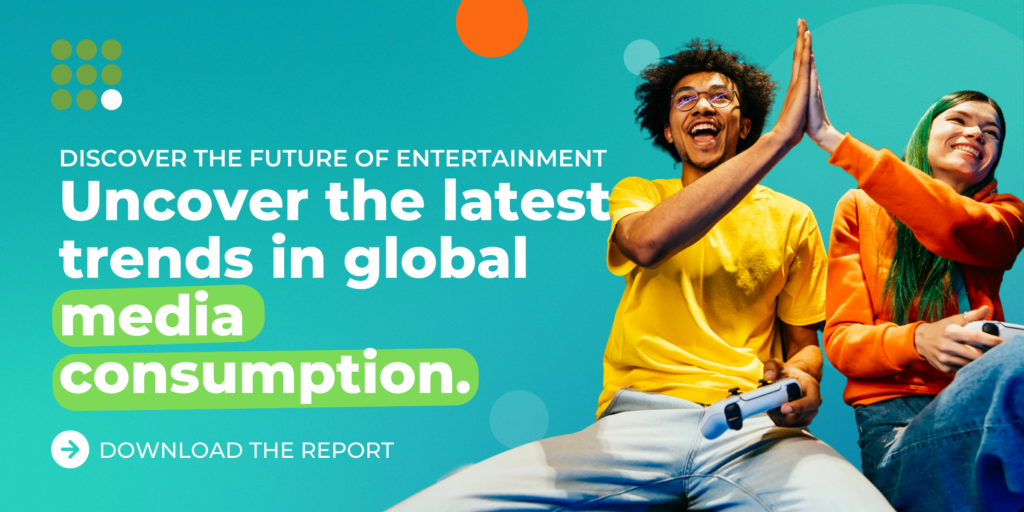
 Senior Marketing Executive
Senior Marketing Executive Sales & Marketing
Sales & Marketing General Manager PR -Internal Communications & Government Affairs
General Manager PR -Internal Communications & Government Affairs Vital Strategies
Vital Strategies
 Customer Intelligence Director
Customer Intelligence Director